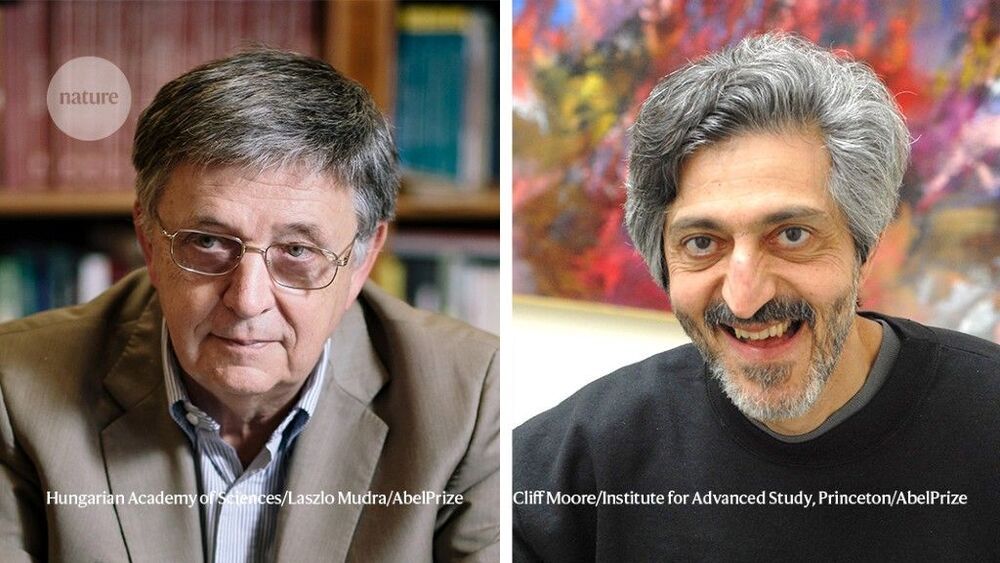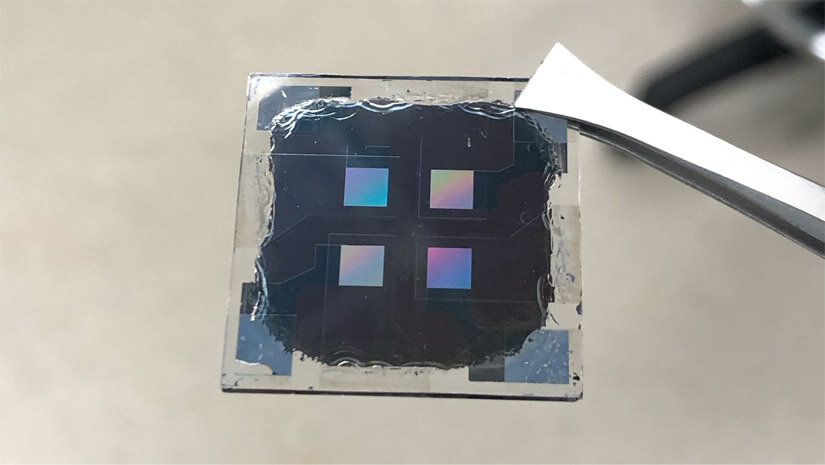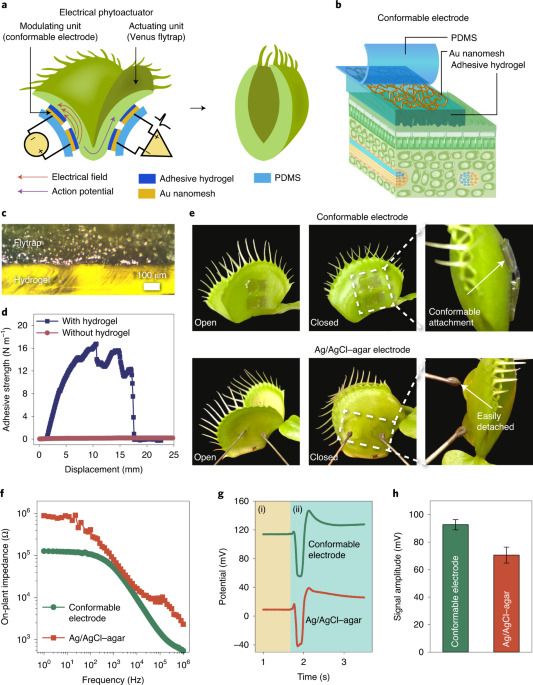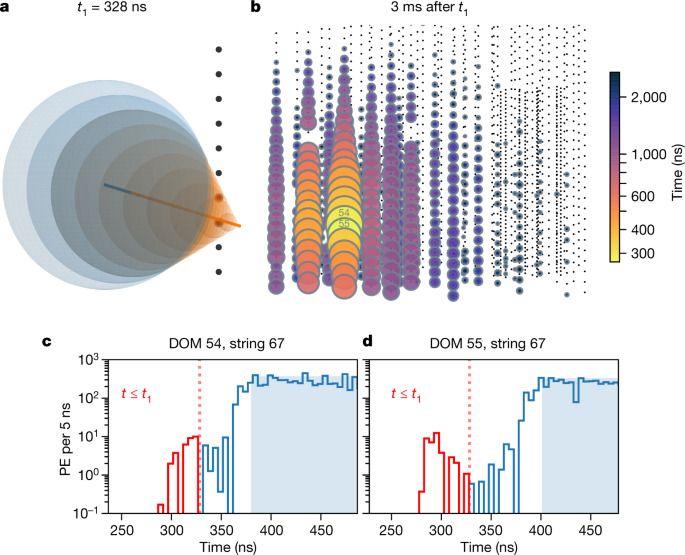A fundamental decision on a new station would be made by the end of this year, he said.
Rogozin said that current negotiations with NASA on the future of the ISS were “shallow”. He speculated that ISS’s life cycle would be repeatedly prolonged not by several years, but by one year. Also, he said it might be possible to extend the service life not of the whole station, but of its individual modules.
“On the sidelines of the April 9 launch we plan to hold technical consultations with NASA,” Rogozin said, adding there was a possibility of configuring the Lunar orbital platform Gateway for its possible docking with Russia’s new generation spacecraft Oryol.









